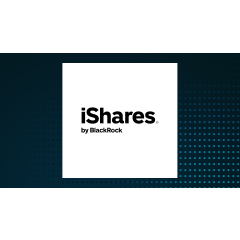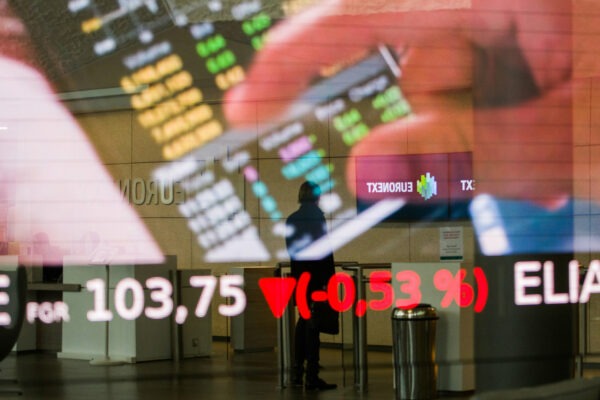Why the stock market could surge 4% to record highs by the end of July

Spencer Platt/Getty Images
The stock market is approaching its best time of the year, according to Goldman Sachs.
The bank highlighted that the Nasdaq 100 has been positive in July for 16 years straight.
“These stats are staggering for NDX,” Goldman Sachs said.
The best days and weeks of the year for the stock market are around the corner.
If history is a guide, that suggests the S&P 500 could surge 4% next month to record highs, according to Goldman Sachs.
The bank said in a note this month that since 1928, the best days of the year typically occur during the first two weeks of July.
“Since 1928, July 3rd has the highest day hit rate for the S&P of positive returns (72.41%), followed July 1st (72.06%), and other statistically significant trading days during the first two weeks of July,” Goldman Sachs managing director Scott Rubner said.
The average daily S&P 500 gain for July 3 is 0.49%, and for July 1 it is 0.36%. And from July 1 through July 17, only two days show an average loss, July 7 at -0.07%, and July 16 at -0.01%.
“The first 15 days of July have been the best two-week trading period of the year since 1928,” Rubner said.
The S&P 500’s best two-week period of the year occurs in July.Goldman Sachs
What’s more, recent market trends show that July as a whole has been incredibly bullish for the stock market.
“These stats are staggering for NDX over the past 16 years,” Rubner said of the Nasdaq 100 Index. “NDX has been positive for 16 straight July’s with an average return of 4.64%.”
Meanwhile, the S&P 500 has been positive for nine straight July’s, delivering an average return of 3.66%.
If similar seasonal trends play out this year, a near-4% gain would catapult the S&P 500 to a new record at 5,665 based on current levels.
As to what could drive more bullish returns over the coming weeks, Rubner highlighted that a record cash pile of more than $7 trillion sitting in money market funds could soon flood the market.
Additionally, passive equity allocations could drive inflows to stocks as quarter-end and second-half-of-the-year rebalancing schedules kick off in early July.
“New quarter (Q3), new half year (2H), this is when a wall of money comes into the equity market quickly,” Rubner said.
Read the original article on Business Insider
This article was originally published by a finance.yahoo.com
Read it HERE







